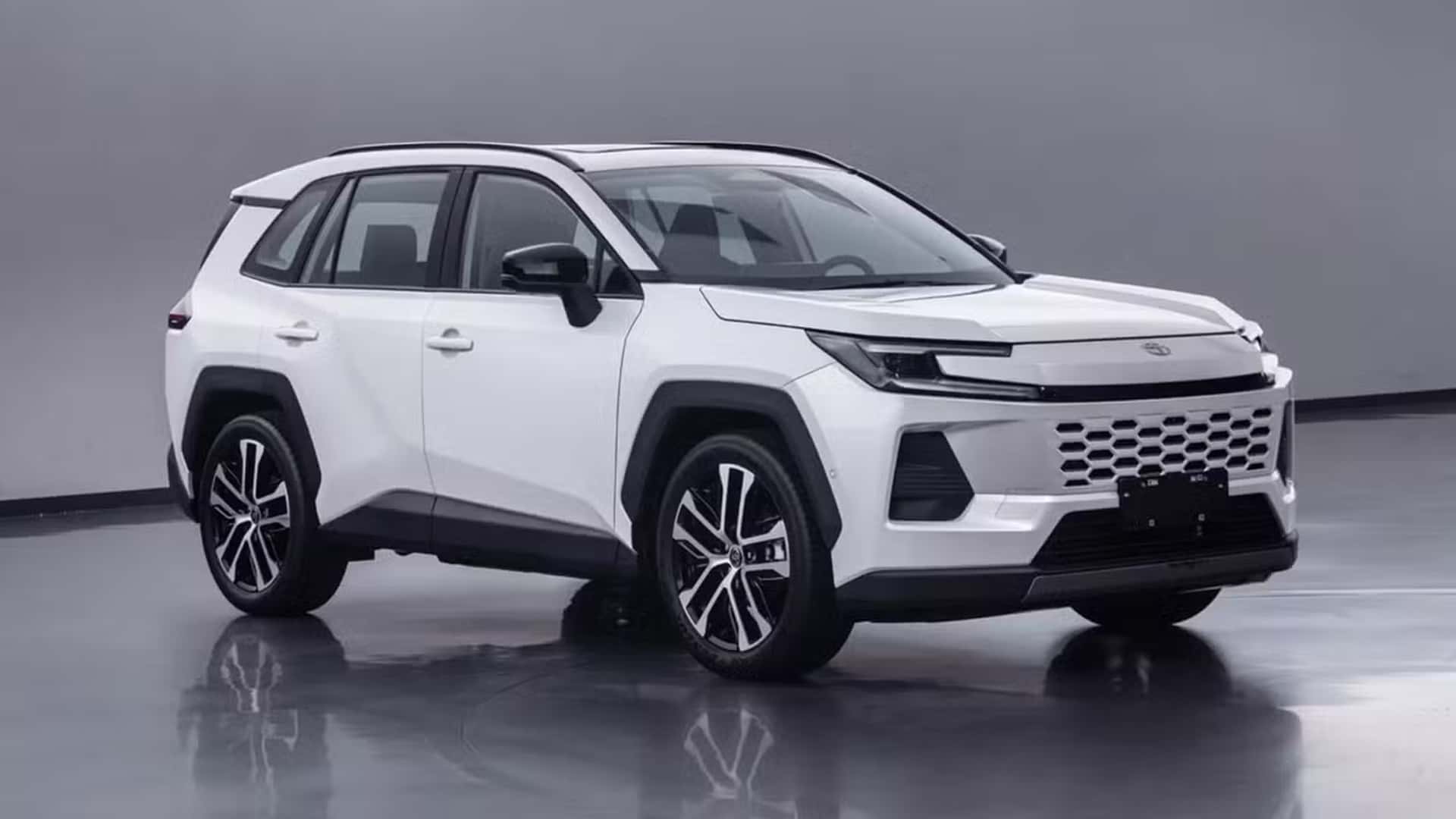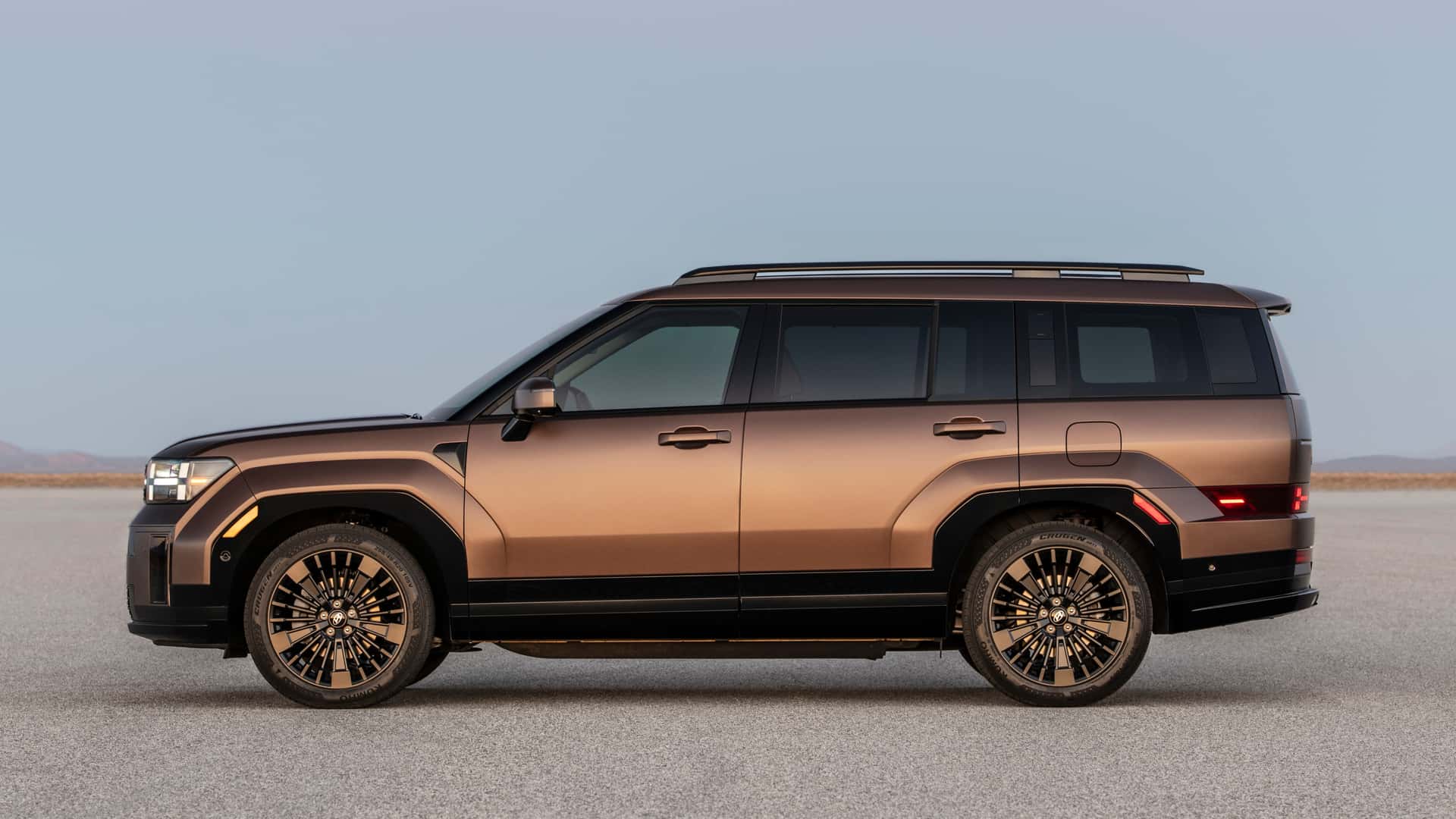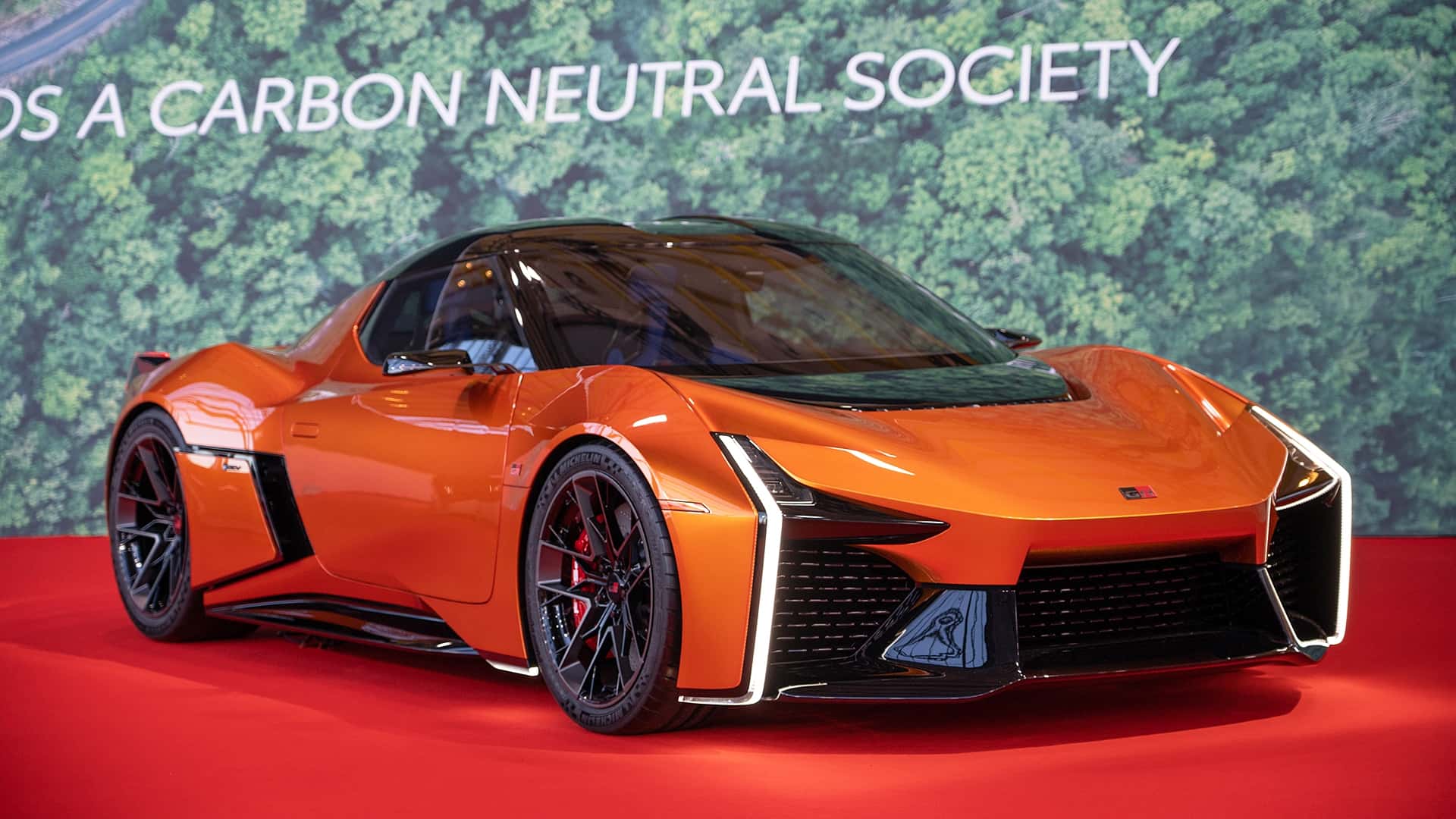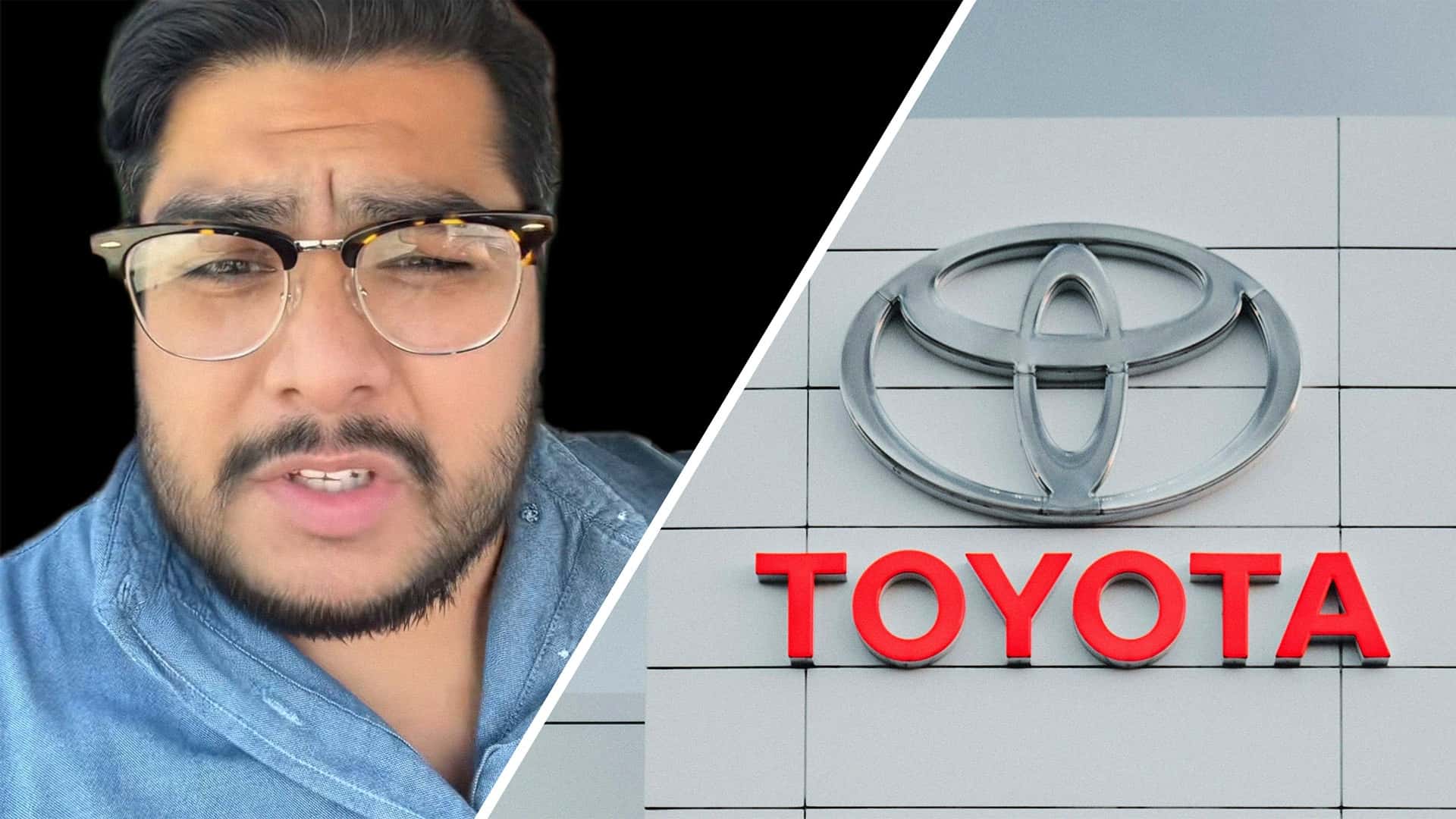Toyota Announces New Hydrogen Fuel Cell System With More Range And Durability
Toyota’s belief in hydrogen as a gasoline alternative remains strong. It just unveiled its third-generation hydrogen fuel cell system, which moves the technology forward yet again. Toyota says the new system is smaller and lighter than its predecessor, in addition to a host of other improvements.
related

Rear quarter view of a red 2023 Toyota Mirai on a street
Toyota Mirai: The Rise And Downfall Of Toyota's Hydrogen-powered Car
As sales continue to decline, it looks like the Toyota Mirai is failing to live up to its name.
Toyota Makes Hydrogen More Reliable

2024 Toyota Mirai
One of the biggest improvements, per Toyota, is reliability. Given Toyota’s reputation for producing reliable gasoline engines, its claims seem well-founded. The automaker states the new fuel cell system is twice as durable as its predecessor, with a maintenance-free design thanks to its use of hydrogen as fuel.
Toyota also highlighted the improvements in fuel efficiency. While the automaker will use the hydrogen propulsion system in a variety of vehicles, Toyota did say a passenger car fitted with its third-gen hydrogen system could travel 20-percent further than before. Hypothetically, that would mean a current Toyota Mirai fitted with its latest hydrogen tech would be approaching 500 miles in drivable range.
Newer And Cheaper

Toyota
Alongside improvements to range and usability, Toyota was able to reduce the cost of manufacturing its fuel cell units, which could help bring down prices. This is also key to encouraging public adoption of hydrogen fuel cell vehicles. A 2024 Toyota Mirai is not a cheap car, with a starting MSRP of more than $50,000. Bringing this price down by even 10-percent could help to put hydrogen transportation in more hands.
TopSpeed's Take

Toyota
Much like electric cars, assuring buyers they’ll always have access to fuel or the range to get there is a big part of the hydrogen car pitch. On this front, Toyota’s new system is more appealing. However, use cases for hydrogen are still extremely limited, thanks largely to infrastructure. To say that fueling a hydrogen-powered vehicle outside of California’s largest urban areas would be difficult is an understatement. While the technology powering the cars has continued to improve, demand for infrastructure currently makes adoption difficult, even if hydrogen cars are a greener alternative to traditional gasoline-powered cars.
However, thanks to their relatively long legs, there are many opportunities for hydrogen vehicles in the commercial segment, where vehicles like buses, delivery vans, and trucks would have access to a fueling station in a single fixed location inside the areas in which they operate. While we wait for public adoption of hydrogen to falter or take off, commercial adoption could provide a home for the technology.










































